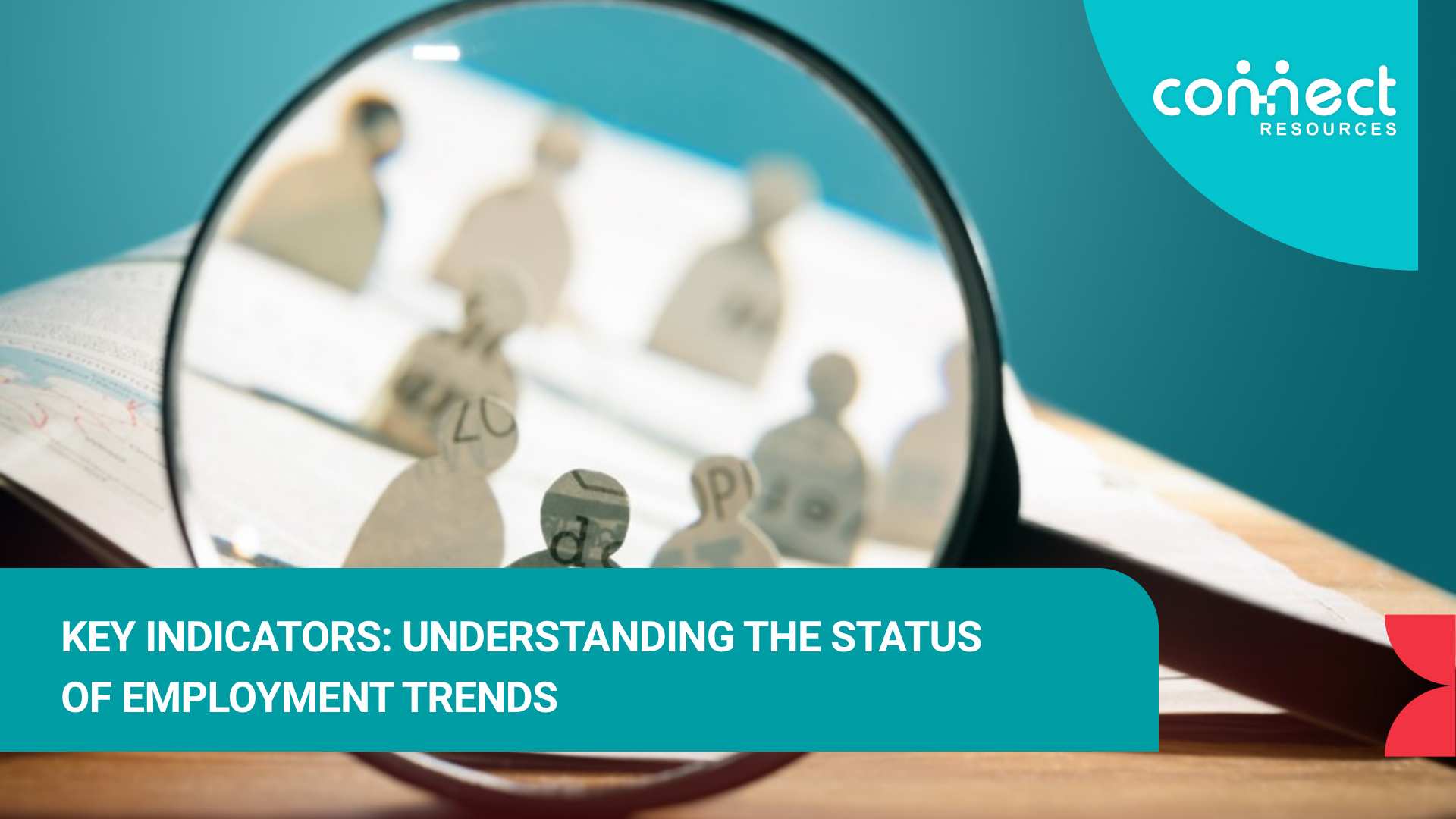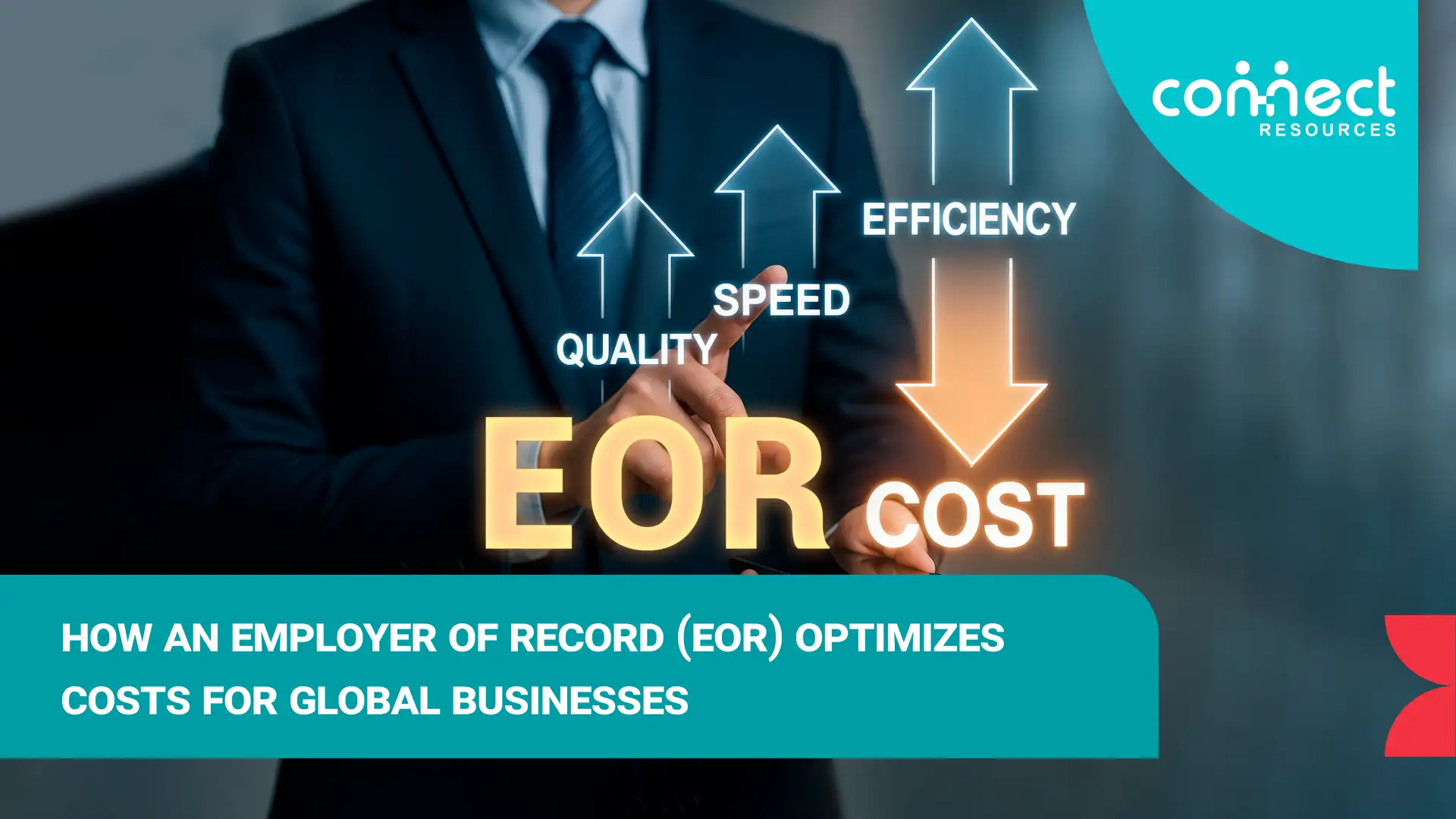In navigating the ever-evolving landscape of the job market, staying abreast of key indicators is paramount for professionals and businesses alike. The status of employment serves as a compass, guiding individuals and organizations through the dynamic trends shaping the workforce. Whether you are a job seeker, employer, or industry observer, unraveling the employment status is essential for strategic planning, career development, and adapting to the ever-changing dynamics of the professional landscape
In this article, we delve into the crucial indicators that provide insights into the current status of employment. From job creation and unemployment rates to industry-specific shifts, understanding these indicators is instrumental in making informed decisions. As we explore the multifaceted dimensions of employment trends, readers will gain valuable perspectives on the factors influencing the job market. Join us on this journey as we dissect the key indicators that paint a comprehensive picture of the present and future of employment.
The Significance of Knowing Employment Status
Understanding the status of employment is pivotal in navigating the complexities of the contemporary job market. This knowledge goes beyond mere statistics, offering individuals and businesses valuable insights into economic health and workforce dynamics.
For instance, tracking indicators like unemployment rates, job creation figures, and industry-specific trends provides a comprehensive view of employment status. This information empowers job seekers to make informed career decisions and helps employers tailor their hiring strategies. Moreover, grasping the status of employment allows policymakers and economists to formulate targeted interventions, fostering a more resilient job market.
One status of employment example is, for instance, a region experiencing a surge in job creation across technology sectors while facing a decline in traditional industries. Recognizing this employment status enables stakeholders to align education and training programs with emerging trends. This also helps ensuring a skilled workforce for the future. In essence, the significance of knowing the status of employment extends far beyond numerical figures; it is a strategic tool that shapes career paths, business strategies, and policy initiatives in a rapidly evolving professional landscape.
Benefits & Rights
Understanding the status of employment is essential for individuals to be aware of their rights and benefits in the workplace. For example, employees in full-time positions often enjoy benefits such as health insurance, paid time off, and retirement plans. On the other hand, part-time or contract workers may have a different set of benefits or none at all. Knowing one’s employment status allows individuals to advocate for fair compensation, negotiate better benefits, and assert their rights.
Moreover, being aware of the status of employment is crucial in recognizing legal protections against discrimination and unfair labor practices. In many jurisdictions, certain rights and protections are tied to employment status. Because of this, individuals need this awareness to ensure they are treated fairly and lawfully in the workplace.
Understanding the status of employment example empowers employees to make informed decisions about their careers. They can also seek opportunities that align with their needs and aspirations. Ultimately, the knowledge of employment status is a key factor in creating a work environment where individuals can assert their rights and access the benefits they deserve.
Employment Status in the UAE vs Other Countries
The status of employment visa in UAE varies compared to other countries, impacting the rights and conditions of workers. Individuals in UAE often tie their employment status to the residency visa by holding specific visas for their job roles. This unique system in the UAE can lead to a closer connection between immigration status and employment.
Unlike some other countries where work visas are separate from residence permits, the UAE’s approach emphasizes a direct correlation. This can have implications for expatriate workers, affecting their ability to remain in the country should their employment status change.
Understanding the intricacies of status of employemnt visa in UAE is crucial for expatriates. It influences not only their work conditions but also their legal presence in the country. Comparing this system to employment structures in other countries highlights the distinct nature of the UAE’s approach and underscores the importance of comprehensive awareness for individuals navigating the complexities of international employment.
Tax Obligations
In the UAE, the status of employment holds significant implications for tax obligations, particularly linked to the employment visa. Understanding this status is crucial as it directly influences an individual’s tax responsibilities. Expatriates with an employment visa are often subject to specific tax regulations, including income tax and other levies. Employers play a pivotal role in facilitating compliance with these obligations, ensuring that employees are aware of their tax responsibilities and aiding in the smooth adherence to legal requirements.
Navigating the intricacies of tax obligations is an integral aspect of managing one’s status of employment visa in UAE, underscoring the importance of awareness and adherence to regulatory frameworks. Staying informed about tax-related aspects associated with employment status is essential for both employers and employees to foster transparency and maintain legal compliance within the dynamic landscape of the UAE’s employment environment.
Organizational Planning
The status of employment visa in UAE plays a pivotal role in organizational planning. Companies meticulously align their workforce composition with the employment status of each individual. This helps ensuring compliance with visa regulations and optimizing their operational structure.
Furthermore, human resources departments engage in strategic planning, taking into account the diversity of employment statuses within the organization. This process involves not only recruiting individuals with the appropriate employment visas but also considering factors like project durations, skill sets, and the overall composition of the workforce.
Moreover, by integrating the status of employment into organizational planning, companies can effectively manage their human capital, streamline processes, and remain in adherence to legal requirements. This approach allows businesses to maintain a dynamic and responsive workforce that aligns with the diverse employment statuses present in the UAE’s professional landscape. In essence, the current status of employment acts as a fundamental element influencing the strategic decisions and organizational structures of companies operating in the UAE.
Job security and Stability
Understanding the current status of employment is paramount for individuals seeking job security and stability in the UAE. Job security is closely tied to the nature of employment, whether it is a permanent position, a fixed-term contract, or a part-time arrangement. Individuals with permanent employment status often experience a greater sense of stability. Moreover, it typically comes with benefits, consistent income, and a long-term commitment from the employer.
On the other hand, those with fixed-term contracts may enjoy job security for the duration of their contract but should be aware of the need for contract renewal or potential changes at the end of the term. Part-time employees may have flexibility but might face uncertainties regarding the continuity of their positions.
In the dynamic landscape of the UAE job market, staying informed about the current status of employment is essential. By doing this, you can make informed career decisions. Job seekers and employees can navigate their professional journey with greater confidence when armed with knowledge about the various employment statuses and their implications for job security and stability. This understanding enables individuals to proactively manage their careers and pursue opportunities aligned with their preferences and long-term career goals.
What are the types of employment status?
Status of employment in the UAE encompasses various types, each with distinct implications for individuals and their professional engagements. The primary categories include:
- Permanent Employment: This status provides individuals with a stable, long-term commitment from their employers. Permanent employees often enjoy benefits, job security, and a consistent income, fostering a sense of stability in their professional lives.
- Fixed-Term Contracts: Individuals with fixed-term contracts have employment for a specified duration. While these contracts offer job security during the agreed-upon period, employees should be aware of contract renewal or potential changes.
- Part-Time Employment: Part-time employment offers flexibility in hours but may lack the same level of job security as permanent roles. Individuals in part-time positions enjoy greater flexibility but might face uncertainties about the continuity of their positions.
Understanding the nuances of these employment statuses is crucial for individuals navigating the UAE job market. The type of employment status one holds can impact job security, benefits, and overall professional stability. Whether seeking the security of a permanent role, the flexibility of part-time work, or navigating the terms of a fixed-term contract, individuals benefit from knowing the specifics of their employment status and its implications for their career journey.
Individual workers, Employee Contracts
Individual workers in the UAE often engage through various types of employee contracts. Each of them plays a crucial role in determining their status of employment and sponsorship of employment visa status.
- Limited Contract: Many employees enter into limited contracts, which have a specific duration outlined in the employment agreement. This fixed-term arrangement offers clarity on the employment period and conditions. However, it is essential for everyone to adhere to the terms and be aware of contract renewal or termination processes.
- Unlimited Contract: In contrast, unlimited contracts provide greater flexibility as they do not have a predetermined end date. Employees under unlimited contracts typically enjoy more extended job security, and terminations require adherence to labor laws and regulations.
- Freelancers and Independent Contractors: Some individuals prefer a more independent status, working as freelancers or independent contractors. While this offers autonomy, it may lack the job security and benefits associated with traditional employment contracts.
Understanding the nuances of individual employment contracts is pivotal for both employers and employees. It establishes clear expectations regarding the employment period, conditions, and termination processes. Additionally, these contracts play a central role in determining the sponsorship of employment visa status. This helps contributing to the overall landscape of employment in the UAE.
How to determine a worker’s employment status?
Determining a worker’s employment status in the UAE involves assessing various factors that contribute to the nature and conditions of their engagement. Key indicators help both employers and employees understand their status of employment, ensuring compliance with labor laws and regulations.
- Residency Visa Type: The type of residency visa a worker holds is a critical factor. Specific visa categories are tied to employment, and understanding the terms of these visas provides insights into the individual’s employment status.
- Employment Contract: Examining the employment contract is paramount. The terms, whether limited or unlimited, provide information on the duration of employment and conditions. Employers and employees should familiarize themselves with the contract to ensure alignment with labor laws.
- Nature of Work: The nature of the work performed by an individual also influences their employment status. Different visa categories may apply to professionals, skilled workers, or laborers, each with distinct criteria.
- Working Hours and Benefits: Assessing working hours, benefits, and entitlements specified in the employment contract contributes to understanding the employment relationship. It helps determine whether an individual is a full-time employee, part-time worker, or engaged on a project basis.
- Independence and Autonomy: For freelancers or independent contractors, autonomy and independence in performing work tasks are defining features. Such individuals often have more control over their schedules and work processes.
Self-employed Contracts
Self-employed contracts represent a distinct category in the status of employment landscape. In these arrangements, individuals operate as independent contractors, managing their work on a project or task basis. This status offers a level of autonomy, allowing individuals to work for multiple clients simultaneously. Self-employed individuals are responsible for their own taxes, social security, and often provide their tools and equipment.
Such contracts provide flexibility and freedom in choosing clients and projects, but they also entail the absence of traditional employment benefits. Self-employed individuals are not typically entitled to employee benefits like health insurance or paid leave. The contractual relationship is often project-specific, and the duration of engagement may vary.
The self-employed status is well-suited for professionals such as freelancers, consultants, and entrepreneurs who prefer a more entrepreneurial approach to their work. However, it is crucial to establish clear contractual terms and conditions to avoid misunderstandings and ensure a mutually beneficial working relationship.
If you want to read more articles about this and other interesting topics, check our insights. Moreover, to hire our services, just visit our contact section.










